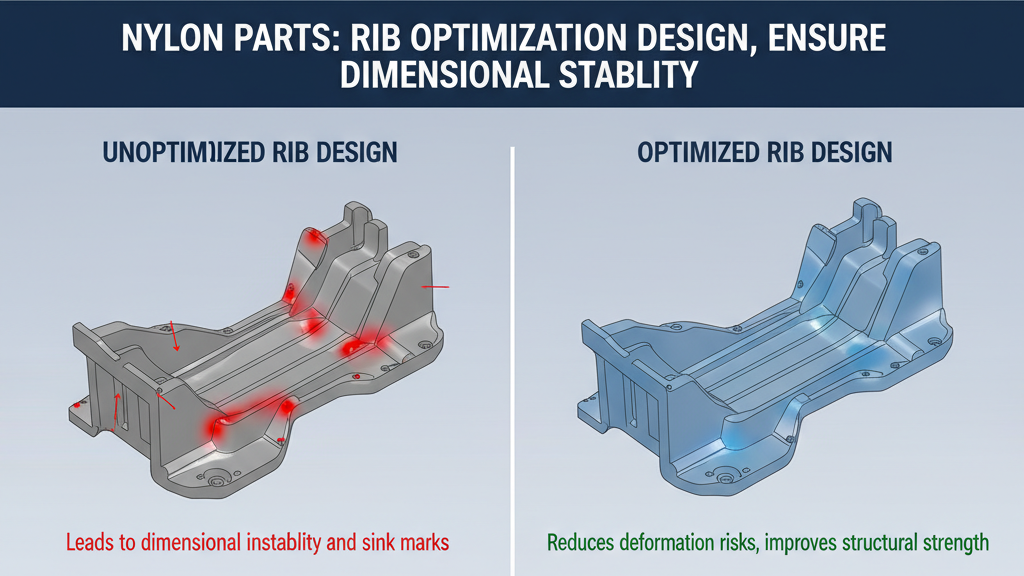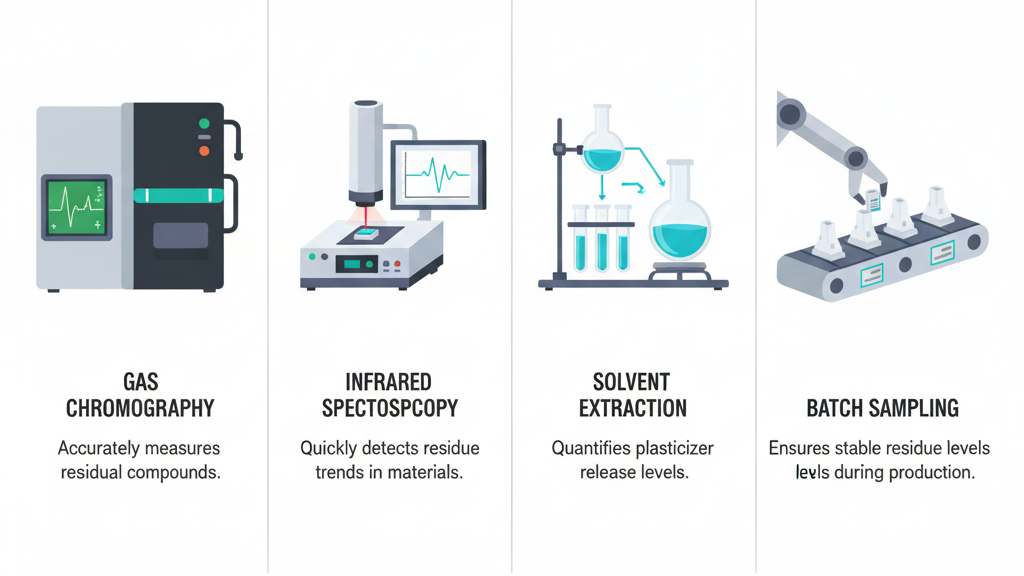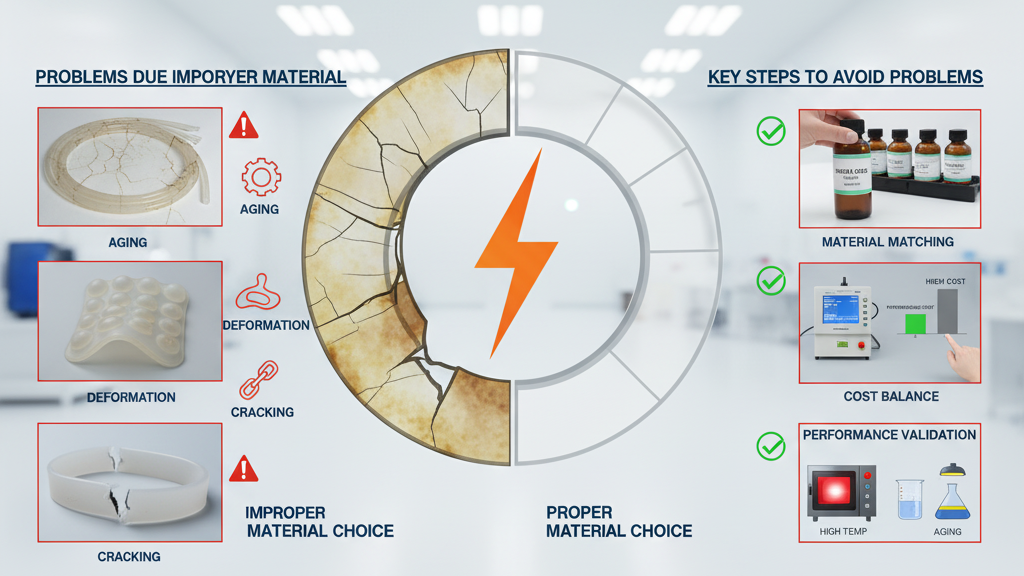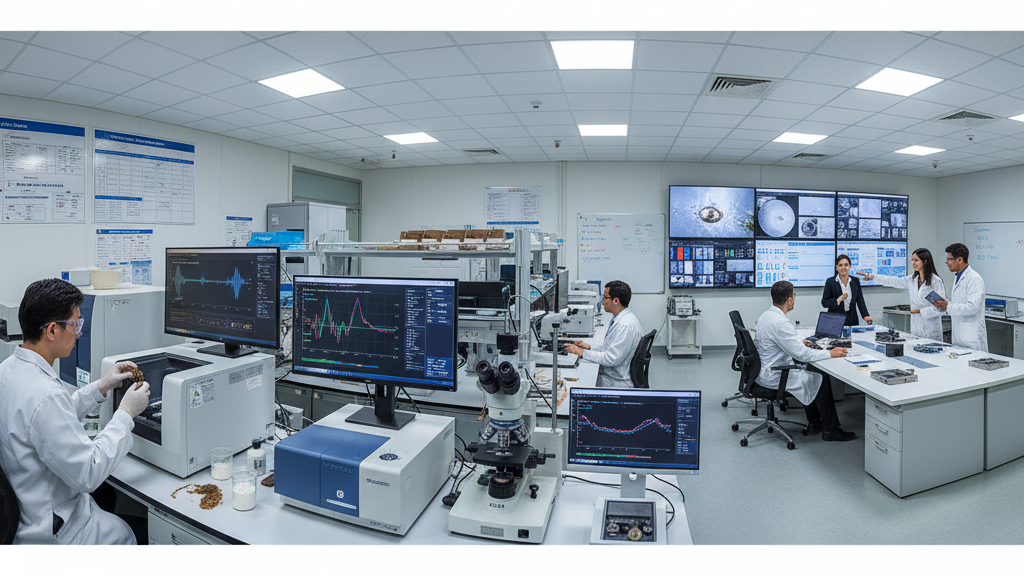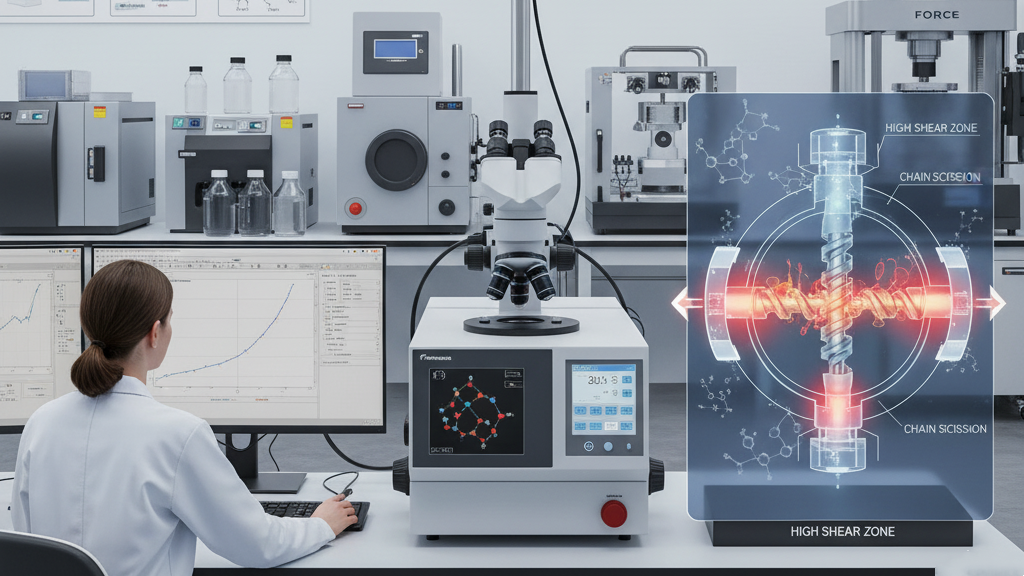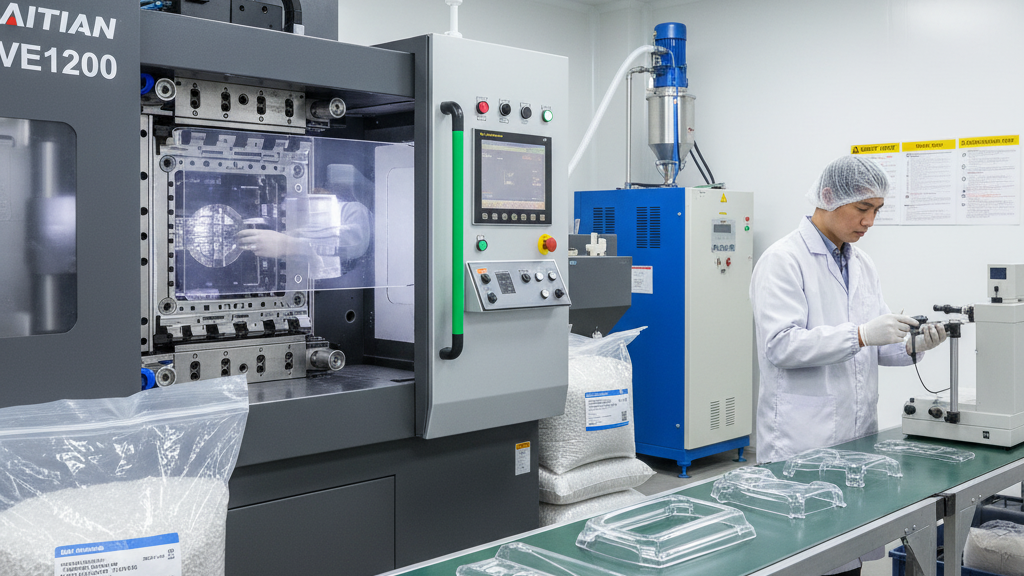Introduction
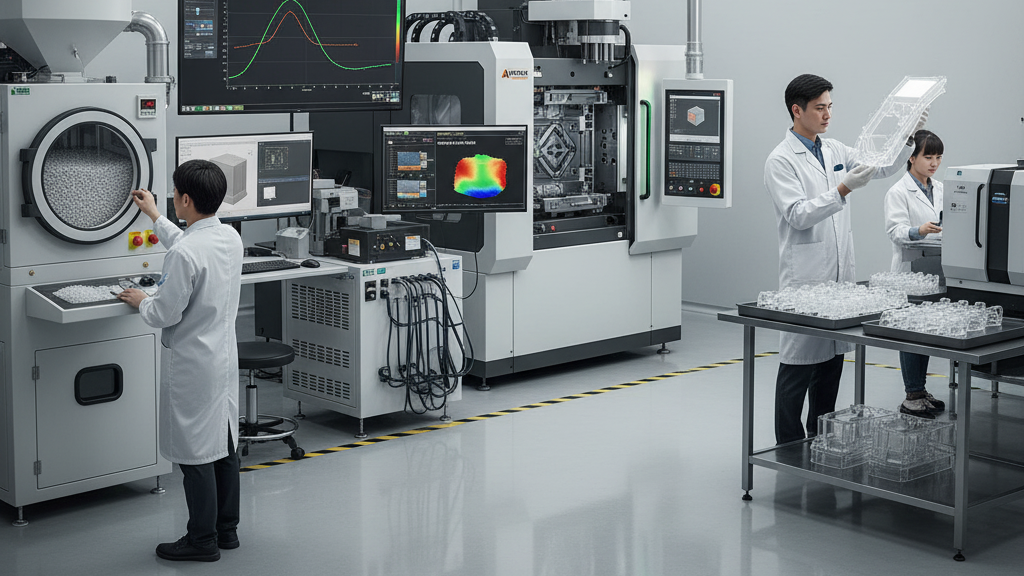
Polycarbonate (PC) is highly sensitive to shear overheating during injection molding, which often causes yellowing, reduced mechanical strength, and even cracking. In our production experience, such issues mainly stem from improper processing parameters and insufficient equipment control. By optimizing runner design and adjusting screw shear speed, we can effectively reduce excessive thermal exposure of the melt.
On the other hand, material drying conditions and mold cooling efficiency also play decisive roles in PC stability. We always emphasize the integrity of the entire process chain rather than isolated adjustments, ensuring consistent quality output. This holistic approach allows us to deliver reliable results to our customers.
Why does PC degrade under shear overheating in injection molding?
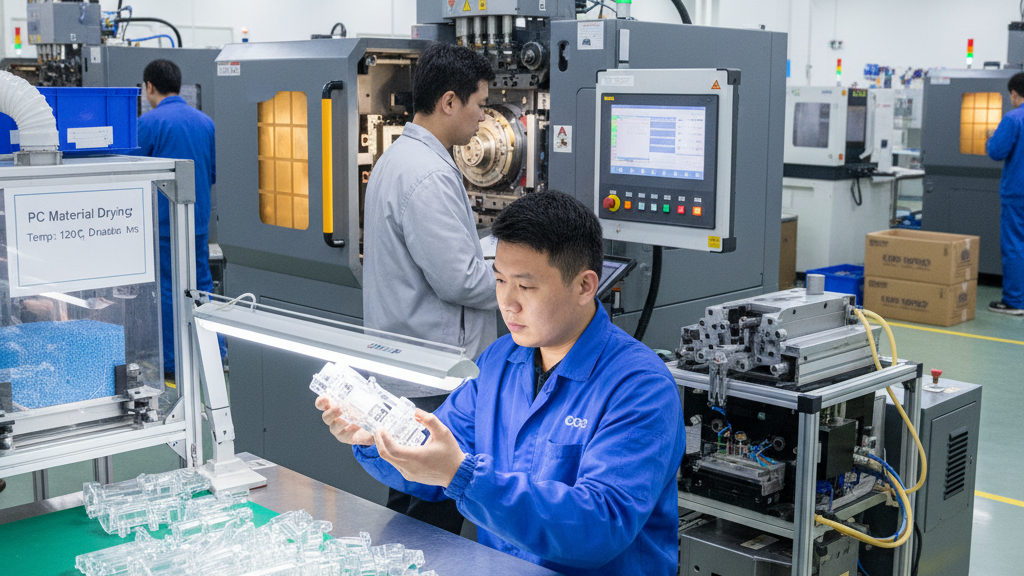
During processing, high shear leads to localized overheating of the melt, resulting in chain scission. This not only reduces the mechanical properties of PC but also accelerates part aging. From our projects, we concluded that controlling temperature, shear rate, and residence time is key to avoiding degradation.
- Excessive temperature: Causes uncontrolled chain breakage.
- Shear control: Optimize screw rotation to minimize stress concentration.
- Material drying: Residual moisture worsens thermal degradation.
- Equipment maintenance: Keep screws and heaters performing consistently.
😊 Minimizing shear is the foundation for stable PC quality.
How can process optimization reduce shear heat buildup?
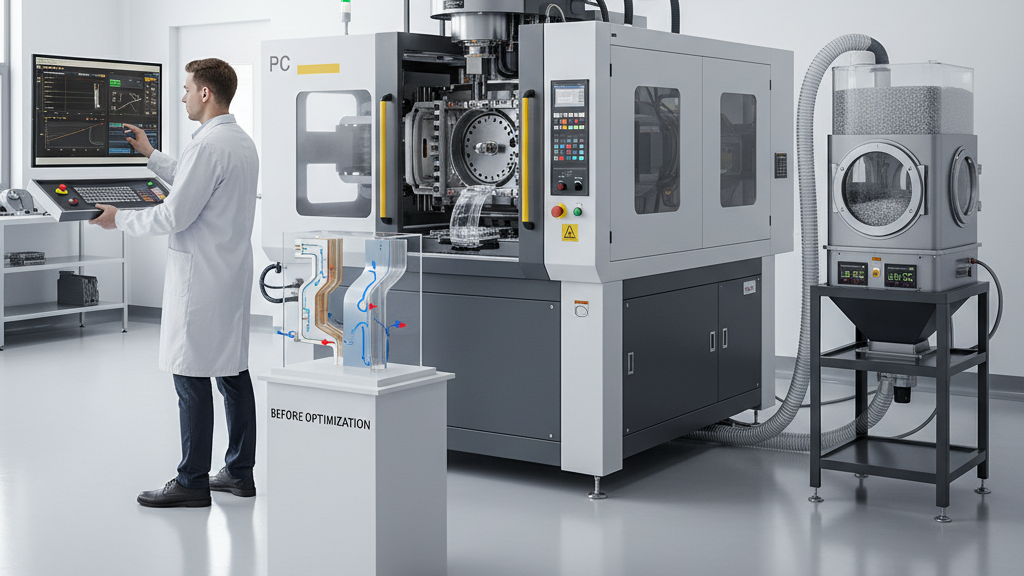
In injection molding, proper parameter control helps reduce overheating of PC melts. Our experience shows that precise adjustment of back pressure and injection speed directly lowers thermal load. Moreover, segmented cooling and advanced mold design are crucial to reduce accumulated heat.
- Temperature zoning: Maintain balanced flow by segmental heating.
- Injection speed optimization: Avoid excessive frictional heating from fast injection.
- Cooling circuits: Improve mold heat dissipation efficiency.
- Balanced design: Prevent localized melt stagnation.
⚙️ Process optimization is the most effective method to reduce PC overheating.
How do we help customers prevent PC degradation issues?
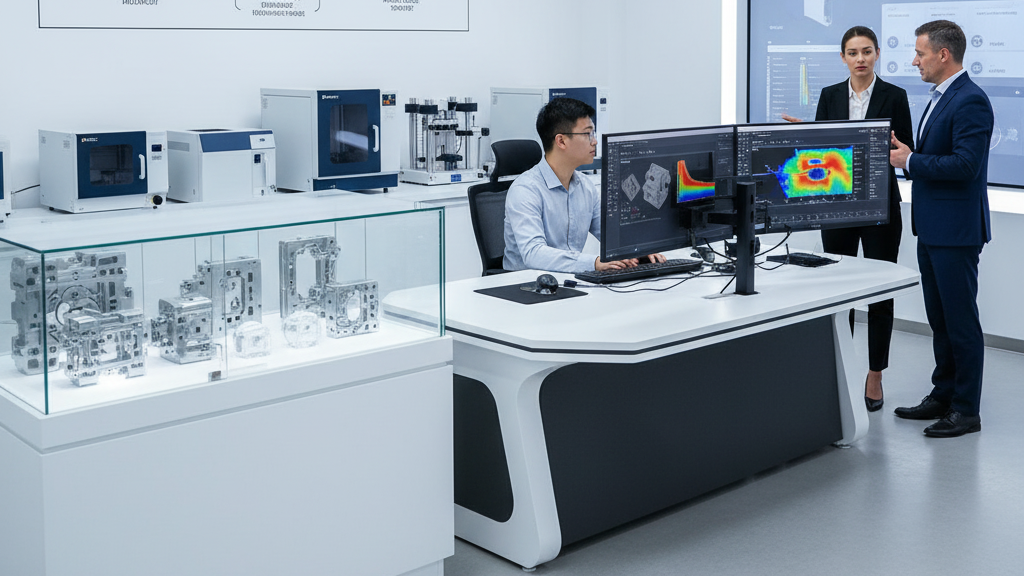
With years of injection molding expertise, our company has developed reliable solutions for PC processing. By combining simulation with mold trials, we deliver tailored solutions that ensure part stability. We also provide guidance during equipment selection and mold development to reduce degradation risks from the source.
- Simulation analysis: Predict shear heating hotspots via flow analysis.
- Custom mold design: Optimize runners and gates to reduce pressure.
- Parameter guidance: Provide data-driven processing windows.
- Full tracking: One-stop service from material to final delivery.
🤝 Our solutions ensure consistent PC product performance for customers.
Comparison of Different Control Methods in PC Processing
| Control Method | Degradation Risk | Operation Difficulty | Cost Level | Application Effect |
|---|---|---|---|---|
| Temperature Control | Medium | Low | Low | Stable improvement |
| Shear Rate | High | Medium | Medium | Significant results |
| Material Drying | High | Low | Low | Fundamental safeguard |
| Mold Cooling | Medium | High | High | Long-term optimization |
Advanced Practices for High-Quality PC Production
Beyond preventing degradation, we also focus on enhancing overall PC part performance. Through optical optimization, flame-retardant modification, and improved weather resistance, we help customers expand their applications into higher-end markets. These practices broaden PC’s role in lighting, automotive, and electronics, ensuring customer competitiveness.
1.Optical performance: Achieve higher transparency and lower haze.
2.Flame retardancy: Meet strict standards in electronics and electricals.
3.Weather resistance: Extend outdoor product service life.
4.Industry expansion: Applications across lighting, automotive, and medical sectors.
Conclusion
PC degradation due to shear overheating is a common but highly controllable issue in injection molding. With our expertise, we help customers identify the root causes and provide system-level solutions. Through holistic process control and customized support, we ensure customers receive high-quality PC parts. Our mission is not only problem-solving but also building long-term partnerships.
For expert assistance in implementing for your production needs, visit our resource center or contact us. Let’s help you scale up your manufacturing with precision and efficiency!

